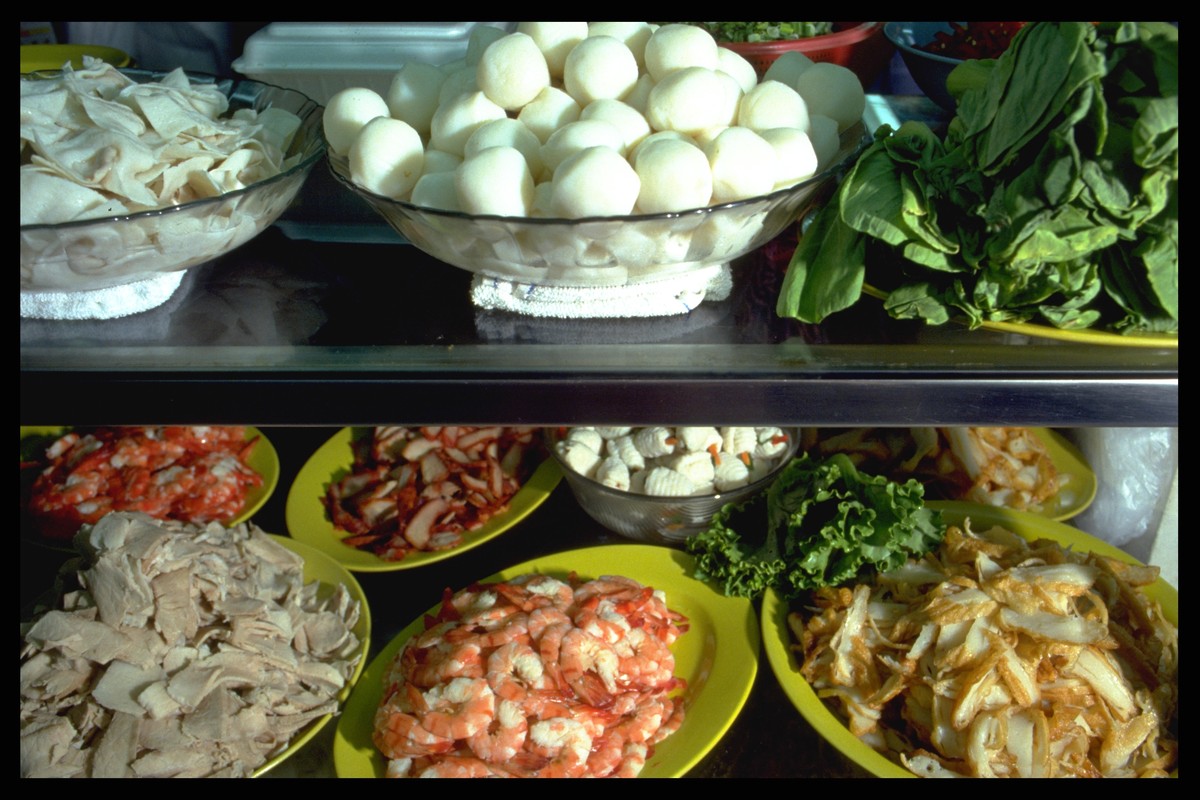Jit Sheng, Singapore’s first Chinese weekly newspaper
Established in 1881, Lat Pau has long been regarded as the earliest Chinese newspaper in Singapore, Malaya, and even the Nanyang region. However, based on some earlier records, there were already two Chinese newspapers in Singapore before Lat Pau — the Tifang Jih Pao in 1845, and Jit Sheng in 1858. American author Cecil K. Byrd (1913–1997) notes in Early Printings in the Straits Settlements, 1806–1858 that both the Tifang Jih Pao and Jit Sheng were printed and published by The Mission Press. Unlike Lat Pau, which was started and published by the Chinese, both newspapers were weeklies operated by Europeans.
There is limited historical material on the Tifang Jih Pao, so its existence currently remains unconfirmed. However, two pieces of evidence support the existence of Jit Sheng. The first is an advertisement about Jit Sheng published in the Straits Government Gazette on 14 May 1858. The advertisement, signed off by Thompson William Smith, states that Jit Sheng was published every Monday by The Mission Press, with a deadline set for Saturday evenings.
The second is a letter from Thomas Dunman (1814–1887), Commissioner of Police in Singapore at that time, to the Straits Settlements Governor’s Secretary. Dated 31 August 1858, the original text reads, “The Chinese (in Singapore) are well-acquainted with what is taking place in other parts of the world. They learn their news from mixing with Europeans, and they now have a paper printed in Chinese, in which important news is reprinted…”
While Dunman did not explicitly state that the newspaper in question was Jit Sheng, the dates in the two pieces of evidence corroborate its existence and are almost certainly a reference to Jit Sheng. They strongly confirm that the newspaper was indeed published in Singapore in 1858, or possibly even earlier, predating Lat Pau by at least 23 years.

Going to print
The Mission Press, the printing press that produced Jit Sheng, was located at No. 46 Raffles Place and operated by British owner Reverend Benjamin Peach Keasberry (1811–1875). Keasberry was born in Hyderabad, India, and grew up in Surabaya, Indonesia. From 1830 to 1834, he went to Batavia (now Jakarta) to study Bible translation, preaching methods, and lithography techniques under London Missionary Society missionary Walter Henry Medhurst (1796–1857). In 1835, he entered the New Brunswick Theological Seminary in New Jersey for training.
After completing his theological education in 1839, he initially planned to go to China for missionary work, only to be denied entry upon arriving in Macau. He then proceeded southward and, while passing through Singapore, was employed as a missionary by the London Missionary Society there.
In 1843, Keasberry founded what is known today as the Prinsep Street Presbyterian Church. After the London Missionary Society had concluded its missionary activities in Singapore in 1849, he severed ties with the organisation but continued with his own missionary work. To secure funding for this, he established a printing and bookbinding facility in the former church of the Missionary Society, printing various language books and periodicals for non-religious individuals and organisations.
It was under these circumstances that The Mission Press took on Smith’s business and printed Jit Sheng. Keasberry died on 6 September 1875 at the age of 64, and was buried at Bukit Timah Cemetery.
An analysis of existing historical materials allows us to establish the following understanding of Jit Sheng:
- The publisher, and possibly the founder, of Jit Sheng was Thompson William Smith, who placed the advertisement for the newspaper.
- Smith had previously served as the editor of the English journal Straits Guardian (founded in 1854, discontinuation date unknown) and resided in Waterloo Street in Singapore. Being both the editor of an English journal and the publisher of Jit Sheng, he can be considered the first journalist in Singapore — and possibly the whole Nanyang region — who was involved in bilingual (Chinese and English) journalism.
- Jit Sheng was a weekly newspaper published every Monday, though its exact founding and discontinuation dates remain uncertain. The advertisement in the Straits Government Gazette first appeared on 14 May 1858, and the newspaper continued to be published weekly until 5 November of the same year, releasing 18 issues in five months. This suggests that Jit Sheng was already in existence in 1858 and that its duration was at least six months, or possibly longer.
- The advertising rates for Jit Sheng were one dollar for 50 words or fewer and two dollars for 50 to 100 words. The second or subsequent reissues had a discounted rate, halving the original cost. Compared to other English-language newspapers of that time, this fee structure appears to be relatively expensive.
- In the advertisement, Smith claimed that the newspaper had “extensive circulation” with subscribers in “Singapore and other places”. Unfortunately, there is no specific data available on the actual circulation of Jit Sheng. Based on the circulation figures for various newspapers in Singapore in 1873, it is estimated that its sales volume was probably around 150 copies.
- From the contents of Thomas Dunman’s letter, it appears that the editorial approach of Jit Sheng at the time was primarily to reprint news from Singapore English newspapers such as the Singapore Free Press and The Straits Times. This policy was likely due to the newspaper’s inability to hire enough journalists for independent reporting.
As for the content, nature, and price of Jit Sheng, more research is needed for a definitive understanding.
Global significance
It has traditionally been believed that English newspapers (beginning with The Singapore Chronicle in early 1824) were the earliest in the development of ethnic newspapers in Singapore, followed by Tamil newspapers (starting with Singai-Warta-Mahni in early 1876), then Malay-language newspapers (Jawi Peranakan at the end of 1876), and finally, Chinese-language newspapers (Lat Pau in late 1881). The discovery of Jit Sheng challenges this chronology, revealing that Chinese-language newspapers followed closely after English newspapers and predated Tamil and Malay-language newspapers by eight years.
In the context of the global Chinese press, the daily newspaper Chinese and Foreign Gazette, published by the Hong Kong English newspaper Daily Press in 1858, is widely considered the earliest modern Chinese newspaper. As for the first modern Chinese newspaper published in China and funded by the Chinese themselves, the title is often given to the Zhaowen New Daily, first issued in 1873.
The discovery of historical materials related to the 1858 Jit Sheng suggests that the newspaper, like Chinese and Foreign Gazette in Hong Kong, is among the earliest modern Chinese newspapers in the world. It is an important contribution to the history of newspaper development and the advancement of the field.1
This is an edited and translated version of 新加坡第一份华文周报——《日升报》. Click here to read original piece.
| 1 | In 1815, Chashisu meiyue tongjizhuan [Chinese Monthly Magazine] was established in Malacca, followed by Texuan zuiyao meiyue jizhuan [Selected Monthly Magazine] in Batavia (now Jakarta) in 1823, Tianxia xinwen [World News] in Malacca in 1828, and the original Dongxi yang kao meiyue tongjizhuan [Eastern Western Monthly Magazine] that was published in Guangzhou and later revived in Singapore in 1837. These publications are considered among the earliest Chinese magazines. Unlike newspapers such as Jit Sheng, they did not disseminate news to the Chinese community and were not used as avenues for commercial promotion. |
Lee, Gracie. “The Early History of Printing in Singapore”. BiblioAsia, Oct–Dec 2023. | |
Lim, Irene. “Mission Press”. Singapore Infopedia, National Library Board. |










